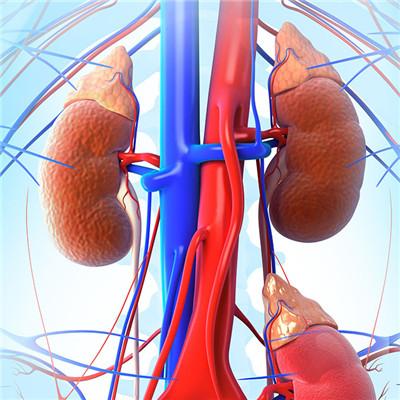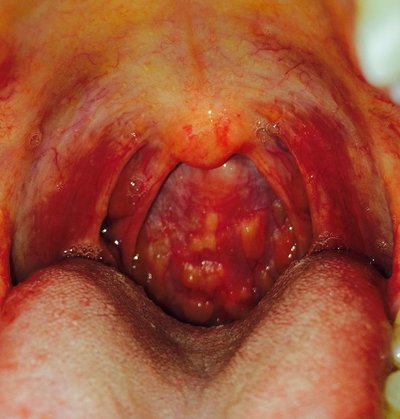Does placenta previa have to be Caesarean
summary
If expectant mothers are told by doctors that they have placenta previa, they will be very dangerous at the time of delivery, which is called high-risk pregnancy, then is it necessary to have caesarean section for placenta previa? The following science for you about placenta previa must be Caesarean.
Does placenta previa have to be Caesarean
First: after 28 weeks of gestation, the placenta adheres to the lower uterine segment, even the lower edge of the placenta reaches or covers the cervical orifice, and its position is lower than the fetal presentation, which is called placenta previa. Placenta previa is one of the main causes of bleeding in late pregnancy and a serious complication of pregnancy. It is more common in multipara, especially in multipara. According to the relationship between placenta and cervical orifice, placenta previa can be divided into three types: complete placenta previa or central placenta previa: the cervical orifice is completely covered by placental tissue; partial placenta previa: the cervical orifice is partially covered by placental tissue; marginal placenta previa: the placenta adheres to the lower uterine segment, reaches the edge of the cervical orifice, and does not exceed the cervical orifice.

Second: cesarean section is the main way to terminate pregnancy with placenta previa. Before operation, we should actively correct shock, infuse and transfuse blood to supplement blood volume, pay attention to the position of uterine incision during operation, and try to avoid the placenta as much as possible. The delivery of the fetus through a hole in the placenta will often cause massive hemorrhage, unless we have to.

Third: vaginal delivery vaginal delivery is the use of fetal presentation to achieve the purpose of hemostasis, this method is only applicable to marginal placenta previa and fetal head position. In labor after bleeding, but not much blood, maternal general condition is good, labor progress smoothly, it is estimated that in a short period of time can end the delivery. However, it should be noted that the marginal placenta previa with placenta attached to the posterior wall of uterus is prone to placental blood pressure and fetal hypoxia due to the compression of placental receptive head and sacral bone organs in the process of fetal head descending. Therefore, close monitoring is needed in the process of labor.

matters needing attention
If there is placenta previa, in the late pregnancy, it may cause shock, coma and other symptoms, which is very dangerous. It may also cause massive hemorrhage during production, which is dangerous to the mother and fetus.
















